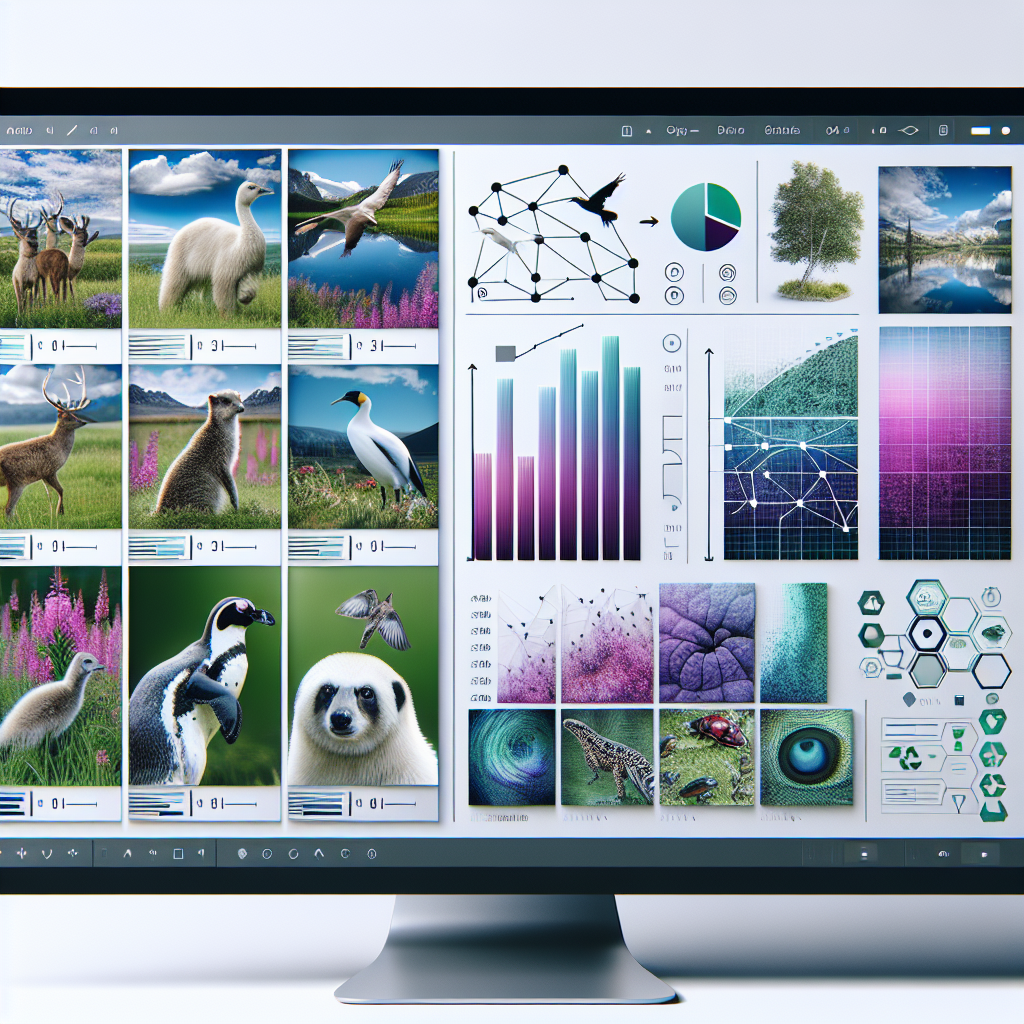The Challenge of Processing Nature’s Visual Data
With millions of wildlife photos available in nature image datasets, researchers face the challenge of efficiently analyzing this vast visual information. These collections contain valuable data about species behavior, rare conditions, and climate change impacts, but searching through them manually is time-consuming and inefficient.
Enter Vision Language Models (VLMs)
Artificial intelligence, specifically multimodal vision language models (VLMs), offers a potential solution. These systems are trained on both text and images, enabling them to identify specific details in photographs. However, recent research from MIT’s Computer Science and Artificial Intelligence Laboratory (CSAIL) reveals both the potential and limitations of these tools.
Key Findings from the INQUIRE Dataset
The research team developed INQUIRE, a comprehensive dataset containing:
- 5 million wildlife images
- 250 expert-crafted search prompts
- 33,000 manually labeled matches
- 180 hours of professional annotation
Performance Analysis
The study revealed that while larger VLMs performed reasonably well on basic visual queries, they struggled with more complex tasks:
- Successful at identifying simple elements like debris on reefs
- Difficulty with technical queries involving specific biological conditions
- Even advanced models like GPT-4V achieved only 59.6% precision in result ranking
Future Implications
The research suggests that while current VLMs show promise, significant improvements are needed for scientific applications. The team is actively working with iNaturalist to develop more sophisticated query systems, potentially revolutionizing how researchers analyze large-scale biodiversity datasets.

